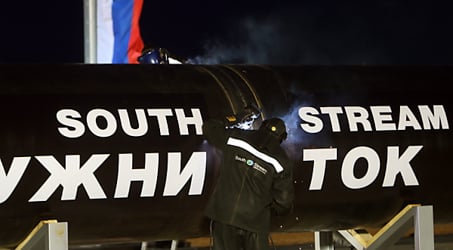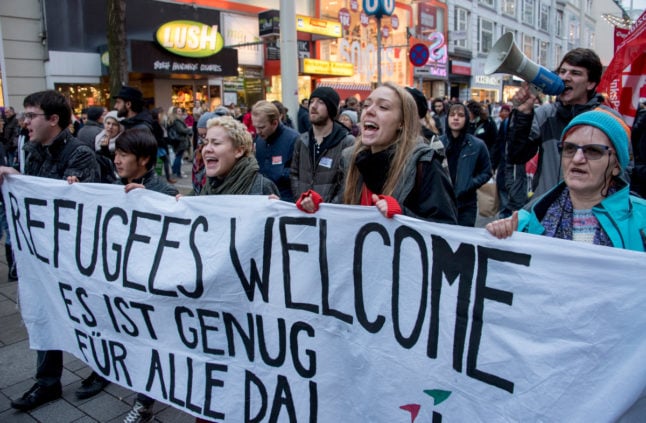The crisis in Ukraine has made the planned pipeline bringing Siberian gas to the European Union – bypassing Ukraine – a new focus of tensions between Moscow, Brussels and Washington.
EU member Bulgaria earlier this month said it was suspending work on building its section of the multi-billion-euro project following pressure from the EU and the United States.
The European Commission has called on all 28 member states to stand united in resisting pressure from the Kremlin over the project, saying the contracts Gazprom has signed on the pipeline breach the bloc's competition rules.
Moscow says the pipeline will ensure European energy security and has accused Brussels of pressuring Bulgaria into suspending work in order to seek revenge over the Kremlin's alleged role in supporting separatists in eastern Ukraine.
But South Stream has also exposed divisions within the bloc, with several states that depend on Russian gas transported via Ukraine supporting it, together with countries on the pipeline's route.
With an annual capacity of 63 billion cubic metres, the main pipeline will stretch nearly 2500 kilometres (1500 miles) from Russia under the Black Sea to Bulgaria, Serbia, Hungary and Slovenia to end in Italy. It will also bring gas to Austria.
Tuesday's deal was signed in Vienna by Gazprom chief executive Alexei Miller and his OMV counterpart Gerhard Roiss, the Austria Press Agency (APA) reported.
"This is an investment in Europe's energy security," Roiss said. "South Stream will comply fully with European law."
Putin is meeting his Austrian and Swiss counterparts for talks on ending the crisis in Ukraine.
Austrian President Heinz Fischer told broadcaster ORF he would use frank words to invite Putin to "provide signals that he is really and factually interested in peaceful solutions."
Swiss President Didier Burkhalter, who currently chairs the Organization for Security and Co-operation in Europe (OSCE), is scheduled to meet Putin in the evening.



 Please whitelist us to continue reading.
Please whitelist us to continue reading.
Member comments